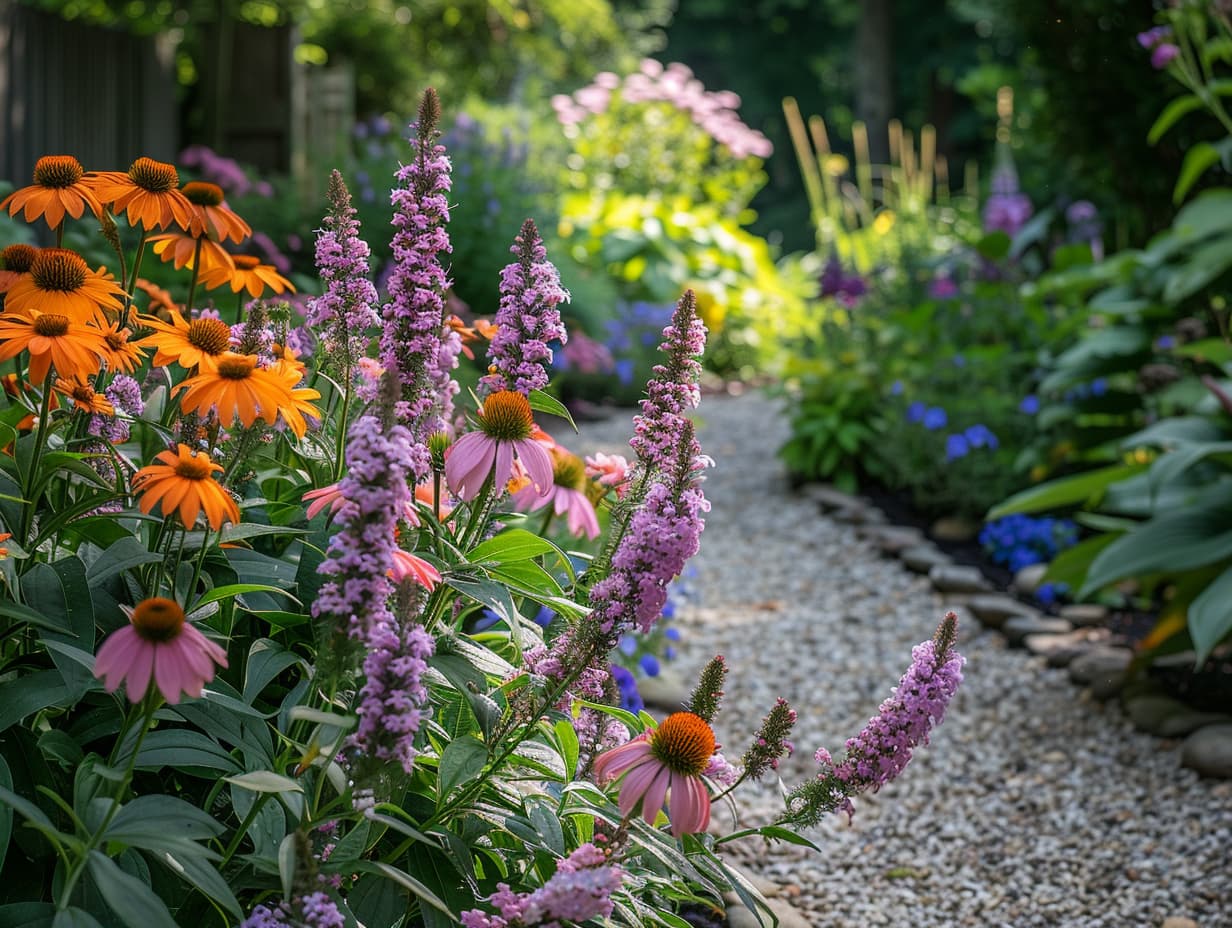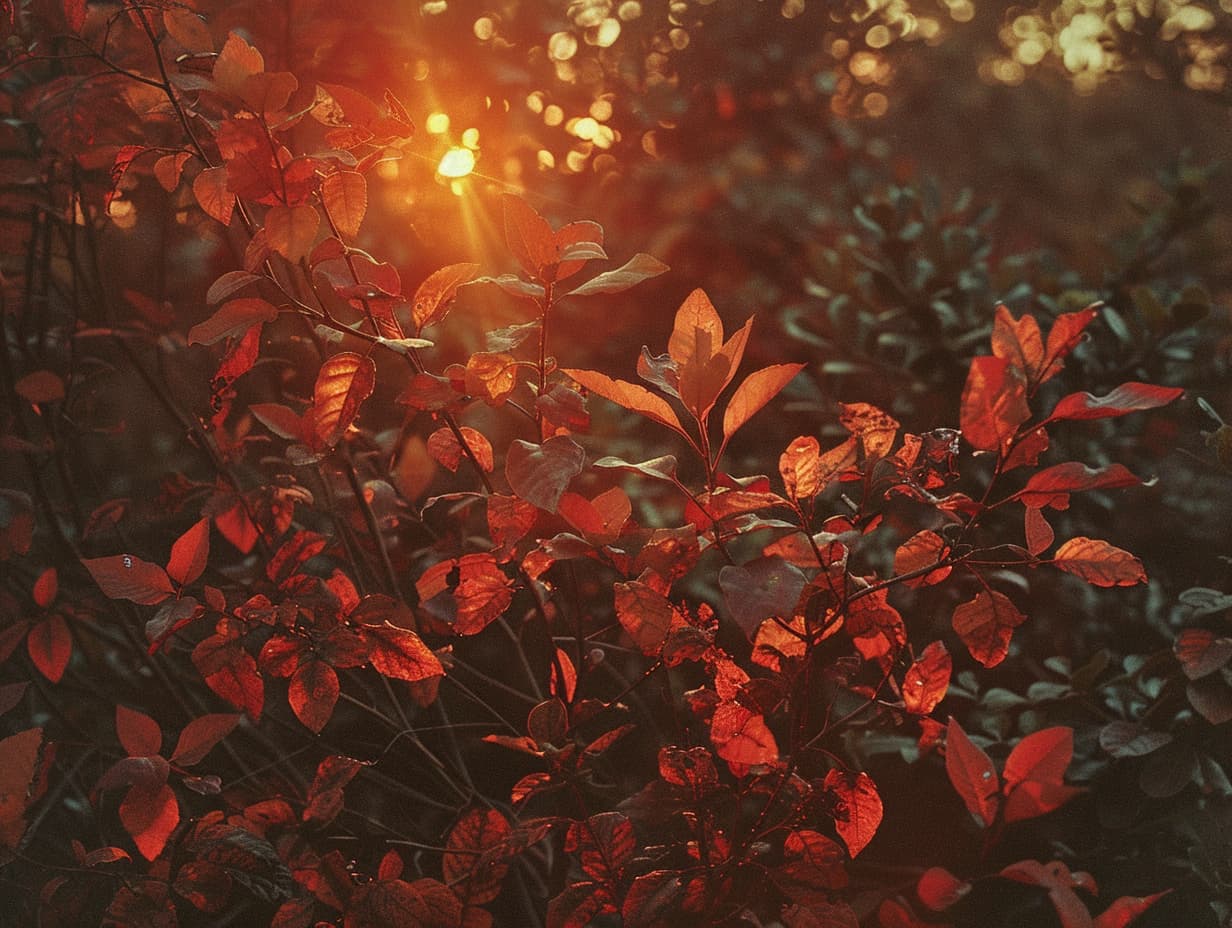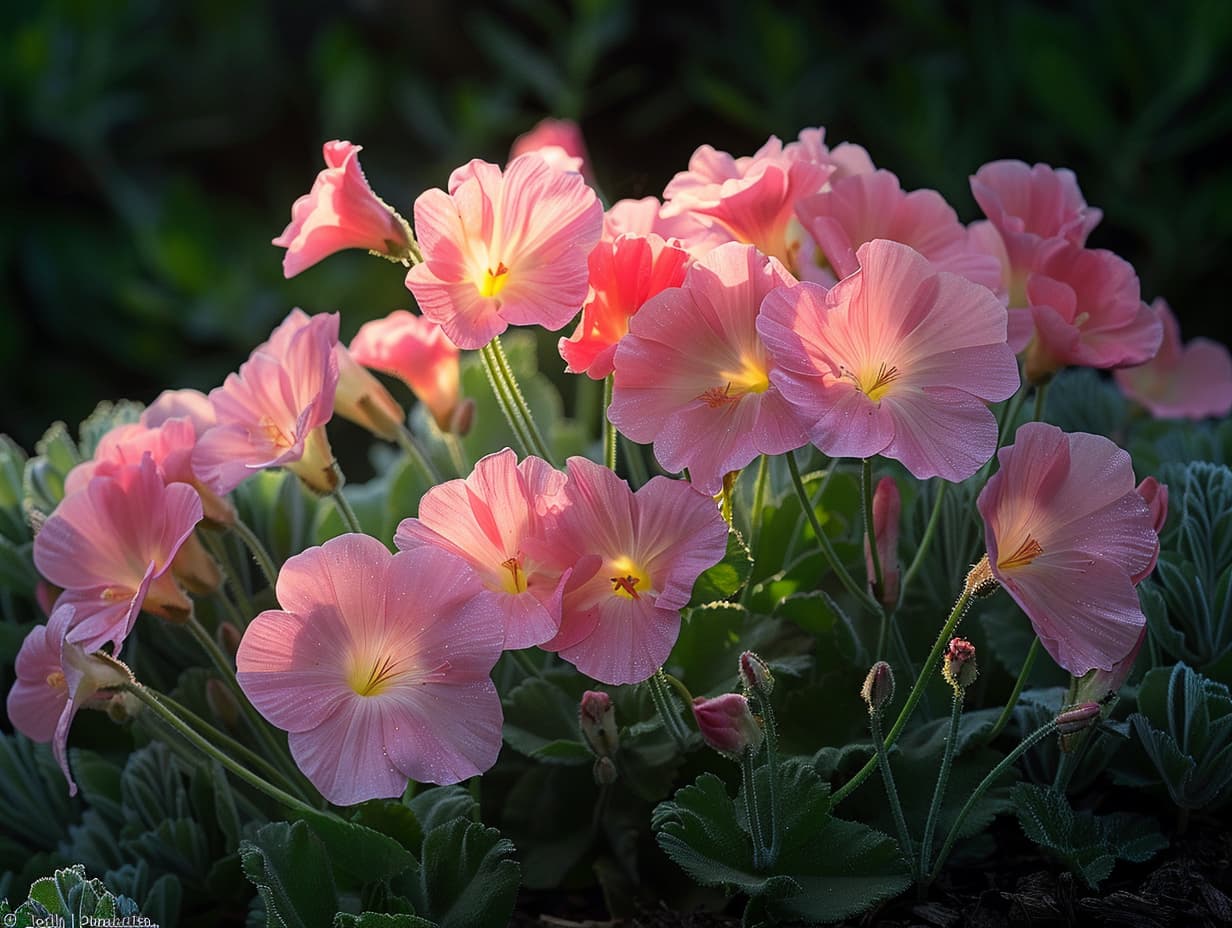When you buy products via links on our website, we might receive an affiliate commission. Learn more
Beware! 10 Invasive Plants to Avoid in Your Garden

As gardeners, we're easily seduced by the vibrant displays and alluring promises of new plants at the garden center.
But hidden among the beauties lurk silent invaders, plants that may initially appear harmless but possess an invasive nature that can wreak havoc on your garden and the surrounding ecosystem.
Knowing which plants to avoid is crucial for maintaining a healthy garden and protecting local biodiversity.
Know Your Enemy: 10 Plants to Avoid
- Houttuynia (Chameleon Plant)
This vibrantly colored plant spreads aggressively through underground rhizomes, making eradication nearly impossible. Choose coral bells or foamflower instead.
- Lily of the Valley
While charming, this plant spreads quickly via rhizomes and is poisonous. Consider snowdrops, white bellflower, or white balloon flower as safer alternatives.
- Butterfly Bush

This pollinator magnet can self-seed and crowd out native plants.
- Ornamental Callery Pear
Though beautiful, this tree has become invasive due to its prolific seed production. Safer alternatives include serviceberry, eastern redbud, or flowering dogwood.
- Running Bamboo
This fast-growing plant spreads aggressively through underground runners, invading neighboring yards and displacing native species.
Choose clumping bamboo instead.
- Burning Bush

This popular shrub threatens native plants with its invasive nature. Consider blueberries, oakleaf hydrangeas, or red twig dogwood for similar fall foliage.
- Barberry
This small shrub with vibrant foliage forms impenetrable thickets, shading out native plants. Replace it with weigela or ninebark.
- Scotch Broom
This short-lived plant aggressively spreads, emitting a toxic chemical that hinders other plants. Choose yellow wild indigo or exbury azaleas instead.
- Japanese Honeysuckle
This invasive vine suppresses native plants and damages the environment. Consider native honeysuckle varieties instead.
- Mexican Evening Primrose

This pink-flowering plant quickly takes over gardens and lawns. Dianthus, perennial geranium, and creeping phlox are better choices.
Regional Considerations
Some plants on this list may only be invasive in certain areas. It's important to check with your local government agencies and gardening resources for more information on invasive species in your region.
Knowing the specific invasiveness of plants in your area can help you make better choices for your garden and the local environment.
For instance, while the Butterfly Bush might be problematic in one state, it might not pose a threat in another due to climatic and soil differences.
Engaging with local gardening clubs and extension services can provide you with the latest updates on regional invasive species.
Let's Be Responsible Gardeners
By being aware of these invasive plants and making informed choices, we can protect our gardens and ecosystems while still enjoying a diverse and beautiful landscape.
Avoiding these plants not only helps preserve your garden's health but also supports local wildlife and plant diversity.
Gardening responsibly means thinking about the long-term impact of the plants we introduce. For example, using native plants can significantly reduce the risk of invasiveness and provide habitat and food for local wildlife. Moreover, native plants are often better adapted to local conditions, requiring less water and maintenance.
Conclusion
Gardening is a rewarding hobby that allows us to create beautiful, thriving spaces. However, it's essential to be mindful of the plants we introduce into our gardens.
By avoiding invasive species and choosing responsible alternatives, we can enjoy lush, vibrant gardens that contribute positively to our local ecosystems. Stay informed, make wise choices, and share your knowledge with fellow gardeners to ensure a healthy and sustainable environment for all.
Remember, every plant we choose to grow has the potential to impact our environment significantly. Let's ensure that impact is a positive one. Happy gardening!
